The radical nature of the geometric abstraction on show at the Royal Academy is most immediately evident in the optical, experiential sense: simply walking through the exhibition triggers flickers and flutters of movement, the colours and lines of wall reliefs, sculptures and mobiles rippling like flocks of birds eager for flight.
Yet the works produced by artists based primarily in three Latin American countries – Brazil, Argentina and Venezuela – from the 1940s to the 1970s are also radical because of their utopian aspirations, political engagement, and instantiation of what the art historian Kobena Mercer has termed ‘cosmopolitan Modernisms’ based on cultural exchange.
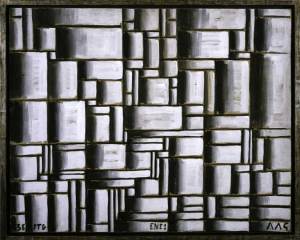
Construction in White and Black (1938), Joaquin Torres-Garcia. The Museum of Modern Art, New York. Gift of Patricia Phelps de Cisneros in honour of David Rockefeller, 2004. Photo Coleccion Patricia Phelps de Cisneros
This latter element informs ‘Radical Geometry’ from its outset. The show opens with paintings by the Uruguayan artist Joaquín Torres–García, who returned to Montevideo after travelling extensively in Europe and produced works that combined the vocabularies of Constructivism with pre-Columbian iconography. In his schematic canvases of the 1940s, Torres-Garcia distributes an array of symbols – from trains to fish – across a series of boxed compartments, like nuts and bolts in a toolbox for building transnational connections.
By contrast, across the Río de la Plata estuary, Argentine artists in Buenos Aires like Juan Melé and Tomás Maldonado employed pulsating colours and tight geometric formulations to express their embrace of urban living and industrial modernity, informed by Marxist politics.
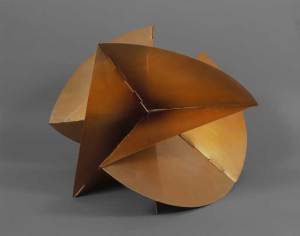
Machine – Medium (1962), Lygia Clark © The World of Lygia Clark Cultural Association
Through this geographic and aesthetic face-off, ‘Radical Geometry’ quickly establishes the diversity of methods and aims encompassed by artists using geometric abstraction. It goes on to expand on this multiplicity. The works by Brazilian artists are a case in point, ranging from the Concretist paintings and sculptures of practitioners like Willis de Castro and Geraldo de Barros, to the breakaway Neo-Concretist rebellions of Hélio Oiticica and Lygia Clark, which emphasised phenomenological experience and interaction.
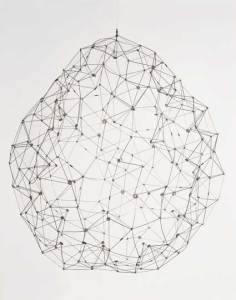
Sphere (1976), Gego (Gertrude Goldschmidt. © Fundacion Gego
The sense of experimentation prompted by artistic encounters courses through the show. It can be found in the cheeky blue square that appears in the Venezuelan artist Jesús Rafael Soto’s Homage to Yves Klein (1960), suspended in a web of frenetic wires. It infuses the intricate hanging sculptures made from interconnecting metal threads by the artist Gego (Gertrude Goldschmidt), a German refugee who travelled to Venezuela in 1939. Gego’s Drawings Without Paper employ not just wires but also washers, bits of plastic, string and found objects, constituting miniature salvage operations as well as mobiles.
The tripartite geography of the exhibition’s hang can sometimes feel a little confining, given the movement of artists both within Latin America, and globally – particularly in Europe and the USA – in the post-1945 period.
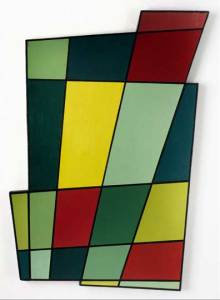
Irregular Frame No. 2 (1946), Juan Mele © Estate of Juan Mele
These connections are brought out elsewhere: until 26 July viewers can also see a display at England & Co relating to the London-based Signals Gallery, which is moreover explored by Isobel Whitelegg in her essay for ‘Radical Geometry’s accompanying catalogue. Although Signals only operated for two years between 1964 and 1966, the gallery held groundbreaking shows of Latin American artists including Clark, Sérgio de Camargo and Mira Schendel. Signals was one of many links in a constellation of exhibitions spaces, journals, and artistic collaborations during the long 1960s which facilitated the transnational transmission of ideas and information.
‘Radical Geometry’ is itself part of a wider constellation of exhibitions and research projects in the UK that have reassessed and registered the major role played by Latin American artists in modernist experiment. Its run at the RA coincides with an exhibit devoted to Gego at the Henry Moore Institute, and comes hard on the heels of the Mira Schendel retrospective at Tate, and ‘Friends of London: Latin American Artists in London’ at David Roberts Art Foundation in 2013.

Untitled (from the series Weaving) (1959), Lygia Pape © Projeto Lygia Pape
The curator of the Schendel retrospective, Tanya Barson, recently charted these developments in an editorial for Colección Cisneros, indicating that shows like ‘Radical Geometry’, rather than being exceptions, will hopefully become the norm – without, of course, losing a sense of the experiment and diversity inherent in the works themselves.
‘Radical Geometry: Modern Art of South America from the Patricia Phelps de Cisneros Collection’ is at the Royal Academy of Arts, London, until 28 September.
Related Articles
Art and Protest in Latin America (Catherine Spencer)
Latin American art: the best of this summer’s shows
‘The Abandonment of Art’, Lygia Clark at MoMA New York (Rye Dag Holmboe)
‘Other Primary Structures: Others 2′ at the Jewish Museum New York (Raisa Rexer)
Unlimited access from just $16 every 3 months
Subscribe to get unlimited and exclusive access to the top art stories, interviews and exhibition reviews.

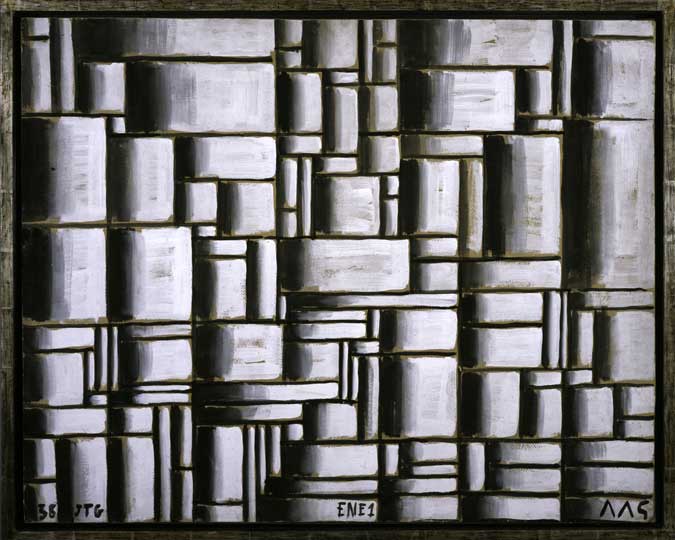
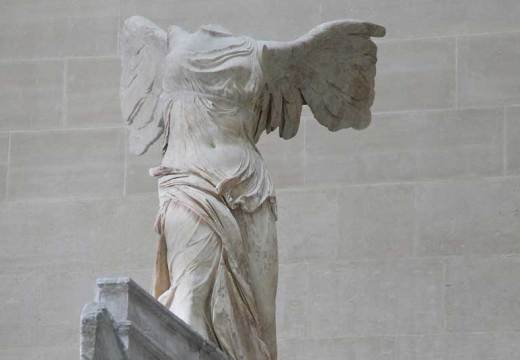

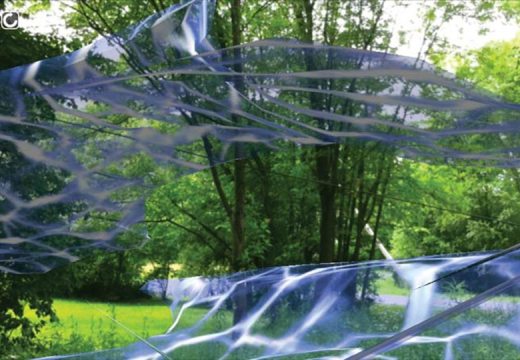









![Masterpiece [Re]discovery 2022. Photo: Ben Fisher Photography, courtesy of Masterpiece London](http://www.apollo-magazine.com/wp-content/uploads/2022/07/MPL2022_4263.jpg)
It’s time for the government of London to return to its rightful home